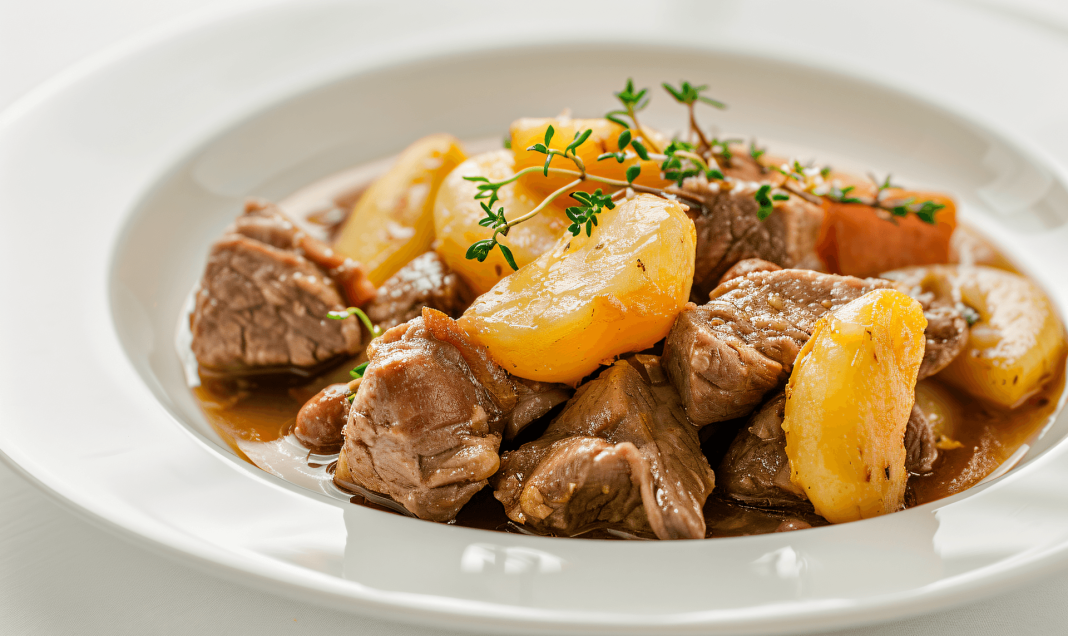This content is provided by the pioneer bird blood sugar management software! Helps you record blood sugar, blood pressure and other health indicators, provides free trials of sugar-free foods, and customizes diet and exercise plans to accompany you in controlling sugar.
As a nutritionist, I deeply understand the many struggles of diabetic patients in diet. Sugar, this substance that people love and hate, seems to always have an inexplicable relationship with diabetes. However, sugar is not entirely a “flood beast.” Correctly choosing and consuming certain “good sugars” can actually help improve blood lipids and stabilize blood sugar. Below, I will share some knowledge and experiences about “good sugars.”
1. Classification and Effects of Sugars
Simple sugars: such as white sugar, glucose, etc., these sugars are rapidly absorbed by the body after intake, leading to a sharp increase in blood sugar. Long-term excessive intake can increase the risk of diabetes and cardiovascular diseases.
Complex sugars: such as sugars in whole grains, legumes, vegetables, and fruits, these sugars are combined with fiber, proteins, and other substances, digested and absorbed slowly, having a smaller impact on blood sugar.
2. What Are “Good Sugars”?
“Good sugars” refer to sugars that have a minimal impact on blood sugar, and even benefit blood sugar control. They mainly include the following types:
Resistant starch: Resistant starch is a special type of dietary fiber found in some incompletely cooked starchy foods, such as ripe bananas, cooled potatoes, etc. It cannot be digested and absorbed by the small intestine but can be utilized by beneficial bacteria in the colon, helping to improve blood lipids and blood sugar.
Oligosaccharides: Oligosaccharides are sugars composed of a few monosaccharide molecules, commonly found in legumes, onions, garlic, etc. Oligosaccharides promote the growth of beneficial bacteria in the intestines, aiding in blood sugar control.
Sugars in fruits: Although the sugars in fruits belong to simple sugars, when consumed with fiber, vitamins, and minerals in fruits, their impact on blood sugar is minimal and beneficial for overall health.
3. How Can “Good Sugars” Help Improve Blood Lipids and Stabilize Blood Sugar?
Increase dietary fiber intake: Dietary fiber can slow down the digestion of food in the intestines, reducing the rate of postprandial blood sugar increase. Additionally, dietary fiber can lower cholesterol and improve blood lipids.
Promote beneficial bacteria growth: “Good sugars” such as resistant starch and oligosaccharides serve as food for beneficial bacteria, promoting their growth, helping to maintain intestinal health, and consequently improving blood sugar metabolism.
Provide nutrients: The sugars in fruits, along with vitamins, minerals, and other nutrients, are essential for maintaining good health.
4. How to Reasonably Consume “Good Sugars”?
Choose whole grains: Replace refined grains with whole grains, such as brown rice, whole wheat bread, etc. The sugars in these foods, when combined with fiber, proteins, and other substances, have minimal impact on blood sugar.
Increase legume intake: Legume foods are rich in proteins, fiber, and resistant starch, serving as a good source of “good sugars.”
Consume fruits moderately: Choose fruits with a low glycemic index, such as apples, oranges, pears, etc., and control the intake amount.
Avoid excessive intake: Even with “good sugars,” excessive intake can lead to elevated blood sugar levels, so intake should be moderate.
Sugar is not an absolute taboo for diabetic patients. By choosing “good sugars,” we can help improve blood lipids, stabilize blood sugar, and enjoy the pleasure brought by delicious food. As a nutritionist, I recommend that diabetic patients scientifically understand the classification and effects of sugars, plan their diet reasonably, and let “good sugars” become a support for our healthy living. Remember, the key to a healthy diet lies in balance and moderation.


